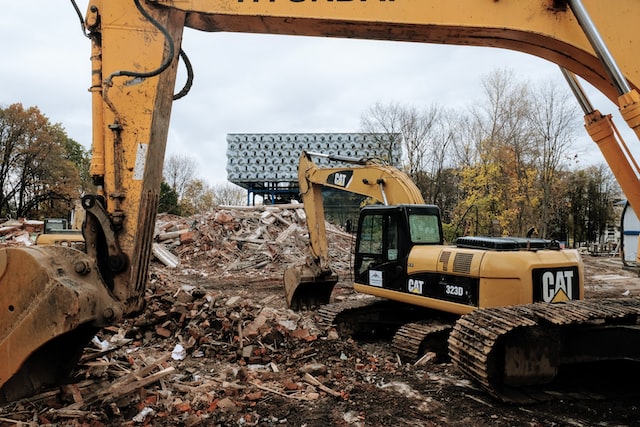
What is a Designated Substance Survey? Why would I need to get this done? How is it performed? How much will it cost?
What is a Designated Substance Survey?
A Designated Substance Survey (DSS) is a requirement when renovating or demolishing a building in
Ontario. A Designated Substance Survey (DSS) identifies the designated substances present, their locations and concentrations. Designated substances found in building materials may harm those performing work in the building as well as those in the immediate area where proper precautions are not employed.
There are eleven substances which have been “designated” in the Province of Ontario. They are
acrylonitrile, arsenic, asbestos, benzene, coke oven emissions, ethylene oxide, isocyanates, lead, mercury,
silica and vinyl chloride. Four of these designated substances are commonly found in building materials
used in the construction of homes, offices and commercial buildings; they are:
Asbestos – Found in many building materials;
Lead – Found in paint coatings, solder, bell & spigot pipe fittings, etc.;
Mercury – Found in thermometers, pressure gauges, electrical switches, relays, etc. ; and
Silica – Found in concrete, masonry, stone, refractory, etc.
Our professional, competent consultants have performed thousands of Designated Substance Surveys
throughout Southern Ontario.
Why would I need to get this done?
The Ontario Occupational Health and Safety Act requires that a list of all designated substances at a project site be provided to any contractors bidding on the work. This information allows contractors involved in demolition or renovation activities to take appropriate steps to control exposure of workers and the general public to the designated substances that are present.
Section 30 of the Ontario Occupational Health and Safety Act (OHSA) states that, before beginning a
project, project owners shall determine whether any designated substances are present at the project site
and shall prepare a list of all designated substances that are present at the site. The constructor for a
project shall ensure that each prospective contractor and subcontractor for the project has received a copy of this list before the prospective contractor or subcontractor enters into a binding contract for the supply of work on the project.
If the above legislated responsibilities are not followed, the fines can be crippling to any sized company or homeowner. Indoor Environmental can help explain this process and how our assessment will help to fulfill your responsibilities.
How is it performed?
A Designated Substance Survey is performed on a room-by-room basis. The survey is generally started on
the exterior where all finishes and building materials are appropriately documented and sampled, as
applicable. We then move indoors and document each building material and collect bulk samples, as
applicable. Finished materials may require removal to review concealed materials (i.e., multiple layers of
flooring). All surveys are performed as minimally intrusive as possible. The samples are documented,
packaged and sent to an accredited laboratory for analysis. The site information is then collated with the
analytical findings into a detailed report that provides the required information to properly manage,
handle, remove and dispose of any designated substances.
Indoor Environmental can also help you identify local abatement contractors and provide detailed
specifications for the safe and proper disposal of any identified designated substances at your site.
How much will it cost?
The cost to perform a Designated Substance Survey in Ontario varies widely. The reasoning for this is based on the differing eras of building materials, square footage, and different finishes inside the building in question.
Building A – If we consider a typical sized residence of 1,500 SF built in 1920, it may be all plaster finishes
with hardwood flooring, newly replaced windows and roofing. Building A would have very few samples
required and the time of the assessment and reporting would be relatively minor.
Building B – If we consider the home next door (erected in the same era and of the same size), it may have
10 different types of suspect asbestos-containing flooring, various textured finishes, some newer and
some older windows replaced sporadically over the years and an addition installed in 1960 (with even
more different finishes, flooring, etc.). Building B would be significantly more cost to properly assess.
Rest assured that Indoor Environmental provides our services in the most competent, efficient manner
possible at a fraction of the cost of our competitors. Reach out to Indoor Environmental today if you have
any questions or require a Designated Substance Survey for your Windsor-Essex, Chatham-Kent, SarniaLambton or London-Middlesex property.
“Our Product is Peace of Mind”





